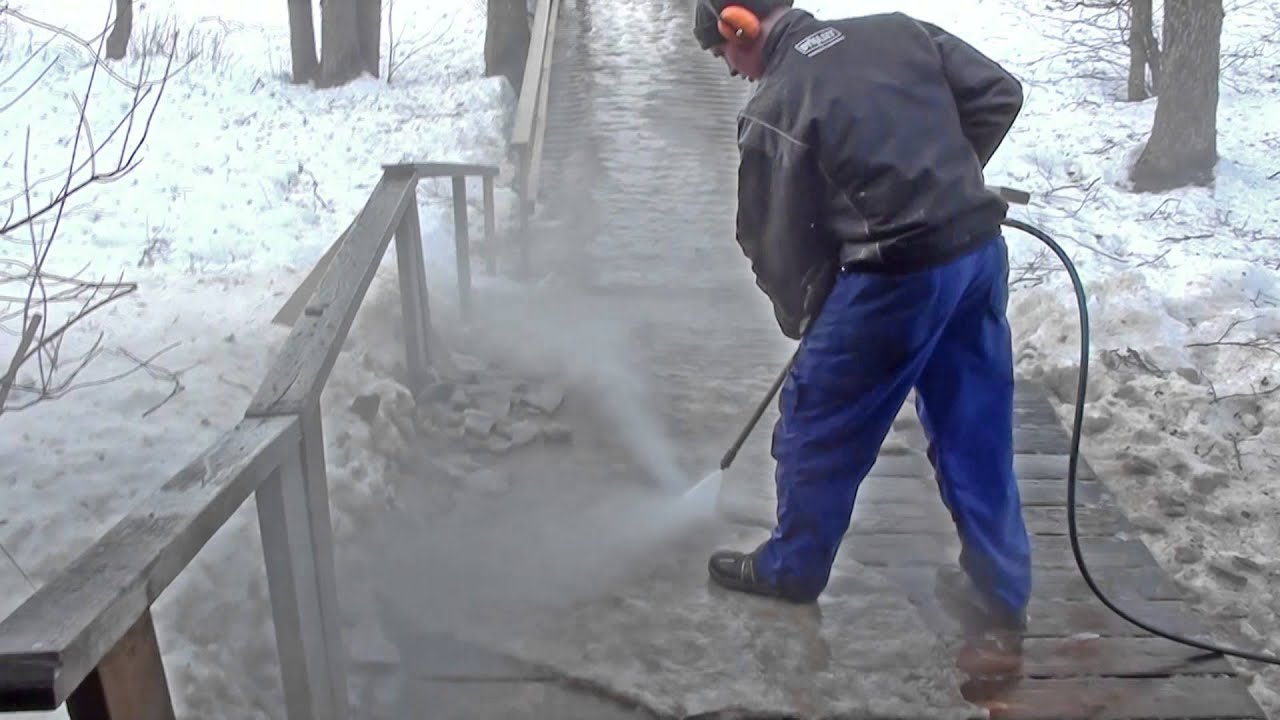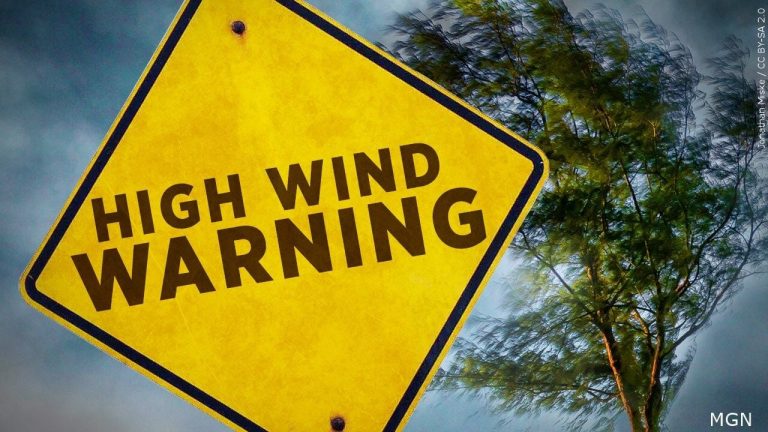
After a long, icy winter, sidewalks and driveways often end up covered in a chalky, crusty layer of white residue. That’s the aftermath of ice melt products — rock salt, calcium chloride, magnesium chloride, and other de-icing compounds. While these substances are lifesavers when it comes to traction and safety, they can leave behind unsightly stains and even damage concrete over time.
So, what’s the best way to clean up the mess?
Can pressure washing remove ice melt residue effectively?
The answer is a solid yes — with the right tools and approach, pressure washing can restore your surfaces to a clean, residue-free state. Let’s break it down. 👇
🧊 What Is Ice Melt Residue?
Ice melt products work by lowering the freezing point of water and breaking up ice on walkways. However, once the snow and ice melt away, you’re often left with:
- White powdery film
- Streaks and stains on concrete
- Slippery patches
- Salt buildup in cracks and joints
This residue is not just cosmetic — it can absorb moisture, contributing to spalling (surface flaking) and accelerated freeze-thaw damage in concrete. Over time, it may even corrode metal railings or damage landscaping.
🧼 Why Pressure Washing Works So Well
Pressure washing is one of the most effective ways to remove de-icing residue because it:
✅ Uses high-pressure water to break down salt crystals and chlorides
✅ Flushes away debris from concrete pores and joints
✅ Restores a uniform, clean appearance to driveways and walkways
✅ Prepares the surface for sealing or further treatment
Unlike sweeping or rinsing with a garden hose, pressure washing actually penetrates porous concrete and dislodges embedded residue.
Browse Amazon Here For Pressure Washers And Accessories
💧 How to Pressure Wash Ice Melt Residue
Here’s a step-by-step guide to doing it the right way:
1. Sweep the Area First 🧹
Remove loose debris like gravel, leaves, or twigs before you begin washing. This allows the washer to focus on the stuck-on salt and not clog your machine.
2. Pre-Treat with Warm Water and Detergent (Optional) 🧴
If the residue is thick, mix a concrete-safe detergent in a pump sprayer or use your pressure washer’s soap injector. Let it soak for 5–10 minutes to soften the buildup.
A mixture of warm water and vinegar (1:1) can also help dissolve salt residue if you’re going the natural route.
3. Use a Surface Cleaner Attachment 🌀
A surface cleaner attachment — a round tool that glides over flat surfaces — helps clean driveways and sidewalks evenly and quickly. It prevents streaks and reduces splash-back.
4. Use 2500–3000 PSI With a 25° or 15° Nozzle 💪
Use enough pressure to lift the residue, but don’t go overboard. High-end residential or commercial-grade pressure washers are ideal for this job. Keep the nozzle at a safe distance (usually 12–18 inches).
5. Work in Sections 📏
Divide the area into manageable parts and work methodically. Spray from top to bottom, left to right, to ensure full coverage and avoid overlap lines.
6. Rinse Thoroughly 🚿
After blasting the residue, do a full rinse with low pressure or your garden hose to ensure all salt is washed away and doesn’t settle into joints or lawn edges.
7. Let the Area Dry, Then Inspect 🔍
Once the concrete dries completely, inspect for any remaining white film. If needed, go over stubborn areas again with detergent and a second rinse.
⚠️ Important Safety Notes
- Wear goggles and gloves — salt and chlorides can irritate your skin and eyes. 🧤🕶️
- Avoid spraying toward roads or flowerbeds — runoff can kill grass or plants.
- Never mix vinegar with bleach-based cleaners — this can produce toxic fumes.
🏠 Should I Seal My Driveway After Cleaning?
If your concrete is exposed to winter salts year after year, applying a concrete sealer after pressure washing is a smart move. A good sealer:
✔️ Reduces water and salt absorption
✔️ Minimizes freeze-thaw damage
✔️ Makes future cleaning easier
✔️ Improves the appearance of older concrete
Plan to seal your concrete at least once every 2–3 years for long-lasting protection.
🌱 Eco-Friendly Considerations
Runoff from pressure washing ice melt residue can carry chlorides and salt into storm drains, lawns, or waterways. Here’s how to minimize environmental impact:
- Use biodegradable cleaners
- Divert runoff to gravel or grass
- Vacuum or collect excess water if possible
If you’re working in an area near protected vegetation or bodies of water, check local regulations on pressure washing discharge.
🧠 When to Hire a Professional
You might want to call a pro if:
- You have very large areas to clean (like commercial lots)
- The residue has stained porous pavers or decorative concrete
- You lack access to a high-powered washer or surface cleaner
- You’re not comfortable operating pressure washing equipment
Professionals can also apply post-wash concrete sealers and eco-friendly treatments.
✅ Final Verdict: Yes, Pressure Washing Is Ideal for Ice Melt Cleanup
If you’re tired of looking at chalky sidewalks or stained driveways after a snowy season, pressure washing is your best bet for fast and effective cleanup. Just be sure to:
- Use the right PSI and attachments
- Work methodically and safely
- Rinse thoroughly and consider sealing
With a little effort, you’ll be left with a driveway or sidewalk that’s spotless, safe, and ready for spring. 🌼✨






